What’s more, learning and development and training programmes bring all employees to a higher level so they all have similar skills and knowledge working more collaboratively as a team.
According to Richard Branson: “By putting the employee first, the customer effectively comes first by default, and in the end the shareholder comes first by default as well.”
When customers know they are dealing with a company that invests in high-quality, reputable training, it gives them added confidence in doing business with that company and enhances your company reputation and profile. Having a strong and successful training strategy helps to develop your employer brand and make your company a prime consideration for graduates and mid-career change.
In his book, Organisational Learning and Development from an evidence base Paul Kearns demonstrate how evidence evaluation can improve professionalism in organisational design and development, showing that this approach can create value not just for shareholders, but for employees and society as a whole.
To achieve the best return on investment, what’s crucial is that your learning and development courses are aligned with your company’s objectives.
From extensive experience, You Revolution believes that Kearns’ book is the best blueprint we have to move learning and development into full-fledged business partners with permanent seats at the table.
So how do you accurately and effectively measure return on investment in training and performance improvement?
The book “Measuring ROI in Learning and Development by Patricia Pulliam Phillips” provides comprehensive coverage of all aspects of developing, creating, implementing, maintaining, and assessing an effective, productive ROI-measurement program. With its explanation of the ROI Methodology; presentation of 15 case studies; extensive documentation and analysis of best practices; and consideration of such important issues as cost, data collection, and program assessment, this title is the most complete resource available for those involved with measuring ROI.
Case studies provide real examples of how processes play out in an organisation. Below are some real life examples from Phillips’ book illustrating how learning and development programs are evaluated, including the financial return on investment:
- NSW Community Services, Federal Government: Staff management development
- Chemical Company, Chemicals: Value-based selling and negotiations
- PolyWrighton, Plastics: Management learning programme
- XYZ County, Local Government: Conflict management skills training
- Hortrresearch, Govt owned research: Leadership development and coaching
- Garanti Bank, Banking: Business performance management
Also worth noting is return on investment research by CIPD appointed members of the University of Portsmouth Business School:
This research indicated that a ‘one size fits all’ set of metrics to establish learning value is inappropriate and that a wide-ranging approach is required, which involves:
- aligning learning processes and investment to organisational strategic priorities
- using a range of methods to assess and evaluate the contribution of learning
- establishing the most relevant approaches to assessing and reporting on the value of learning for the organisation.
